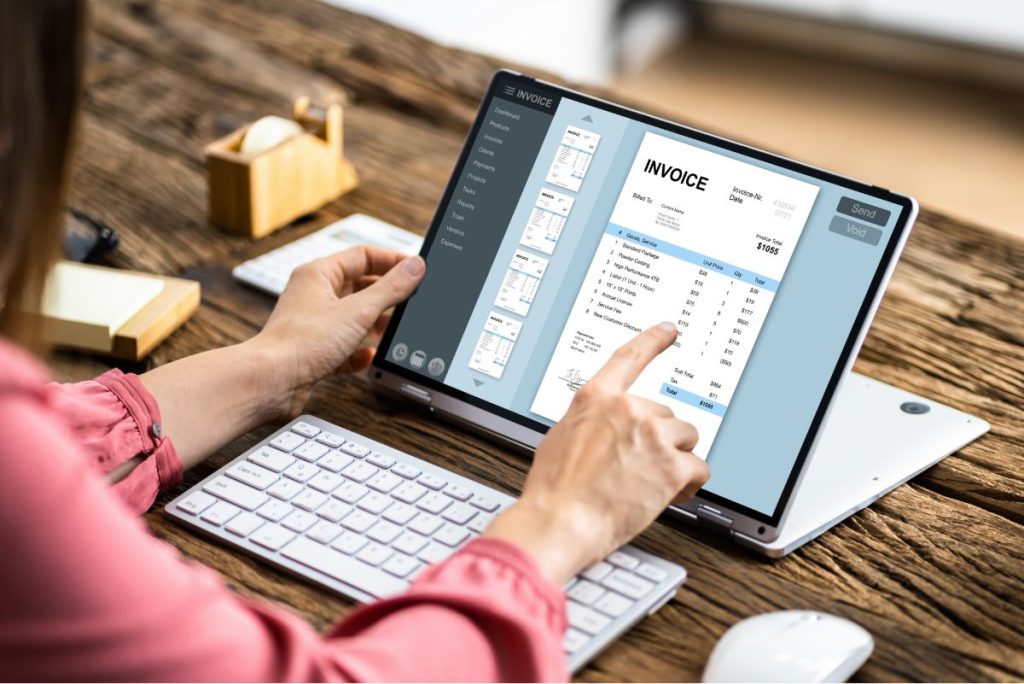


TAKEAWAYS
In all likelihood, you would have noticed the recent buzz surrounding InvoiceNow in Singapore. In a significant step towards digital transformation for businesses, the Inland Revenue Authority of Singapore (IRAS) and Infocomm Media Development Authority (IMDA) announced on 15 April 2024 that InvoiceNow will be progressively extended to GST-registered businesses in Singapore.
A soft launch, allowing voluntary adoption for all existing GST-registered businesses, will commence on 1 May 2025. Subsequently, the requirement to issue invoices via InvoiceNow will become compulsory for newly incorporated companies1 which voluntarily register for GST from 1 November 2025, and for all new voluntary GST registrants from 1 April 2026. The authorities have also indicated plans to progressively implement the mandate for the remaining GST-registered businesses.
So, InvoiceNow is coming but, what exactly is InvoiceNow?
Originally introduced in 2019, InvoiceNow is Singapore’s nationwide e-invoicing network that is based on the international PEPPOL standard. It enables the direct transmission of invoices in a structured electronic data format across different finance systems.
E-invoicing does not refer to sending and receiving scanned paper invoices in PDF format via email. While the scanning of paper invoices digitises the invoice itself, manual data entry is still required to capture the details of PDF invoices into the supplier’s and customer’s respective systems. In contrast, e-invoicing eliminates this manual work by automating the sending, receiving, and verifying of invoices, reducing time-consuming errors and speeding up the approval and settlement for AP and AR.
Getting started – Types of solutions
(a) A business with no existing finance or accounting solution may try out a free or low-cost portal with basic InvoiceNow capabilities.
(b) A business which uses an off-the-shelf accounting or ERP system may consider adopting an IMDA-approved PEPPOL-ready solution and activating the InvoiceNow feature embedded in the solution.
(c) A more sophisticated business with its own bespoke finance or ERP system may instead consider engaging an IMDA-certified Access Point provider to connect its existing system to the InvoiceNow network.
For a start, businesses may check out IMDA’s list of free e-invoicing solution providers for their e-invoicing needs. Several of these solution providers were featured in the Singapore Chartered Tax Professionals (SCTP)’s recent InvoiceNow Showcase, and on-demand recordings about InvoiceNow are now available for all to access (under the GST segment).
InvoiceNow network
To transmit invoice data to IRAS, InvoiceNow solutions2 will have to be connected to IRAS through Access Points.
After the business has activated the feature to transmit invoice data to IRAS, IRAS will receive a copy of the data whenever the business issues or receives invoices via the InvoiceNow network, or whenever the business records other invoices into the InvoiceNow solutions.

Singapore is certainly not alone in moving to e-invoicing. In fact, over 60 countries around the world have implemented or are planning to implement digital reporting requirements in various forms.
Accredited Tax Advisor (GST) Richard Mackender, Indirect Tax Leader, Deloitte Singapore and Southeast Asia, shared valuable insights into this evolving landscape at a webinar organised by SCTP.

“There is a clear regional and global trend of the government and tax authorities adopting real-time reporting and e-invoicing schemes. The perceived benefits from adoption include greater efficiency and transparency of reporting, the ability to conduct more real-time and data-driven audits and the ability to minimise compliance efforts through pre-population of the GST returns. It is predicted that by 2030, nearly all countries will fully incorporate electronic reporting into their tax systems.” ~ Accredited Tax Advisor (GST) Richard Mackender, Indirect Tax Leader, Deloitte Singapore and Southeast Asia, shared valuable insights into the evolving e-invoicing landscape both globally and in Singapore
A case study: China
As part of the Golden Tax Phase IV Project and to achieve the transformation from “tax management via invoice” to “tax management by digitalisation”, China has rolled out e-invoicing (or e-Fapiao) across the country in 2023. This represents a major milestone in the country’s journey to completely eliminate paper invoices (or Fapiao) by 2024 or 2025.
To streamline the e-invoicing process for taxpayers, the State Taxation Administration has launched a nationwide online platform. This platform offers a comprehensive suite of features, including real-time tracking of invoice issuance, approval, delivery, receipt, and validation, as well as equipment-free invoicing.
The Chinese tax authority places considerable emphasis on linking tax risk with e-invoicing. Where potential irregularities are identified, the tax authority may swiftly implement measures such as lowering invoicing credit limits, requiring real-name authentication, or issuing downstream warnings. Common indicators of potential irregularities include issuing invoices for goods or services outside of the scope of the enterprise, or generating invoices with abnormally large amounts compared to the enterprise’s scale.
A case study: Malaysia
Many countries have introduced e-invoicing to modernise their GST or VAT systems. It is therefore interesting to note that Malaysia’s e-invoicing mandate is primarily driven by a desire to address potential direct tax leakages. Malaysia’s mandatory e-invoicing regime was introduced on 1 August 2024 under its income tax laws.
By implementing a Continuous Transaction Control (CTC) model for e-invoicing, the Inland Revenue Board of Malaysia (IRBM) aims to create a comprehensive digital audit trail of transactions, enabling seamless and real-time verification of transactions, as well as accurate tax reporting. IRBM also sought to use the invoice data to pre-populate tax returns, streamlining the filing process for taxpayers.
To support businesses in complying with the new e-invoicing requirements, IRBM has provided a free e-invoicing solution, MyInvois Portal. While businesses (particularly smaller ones) will welcome this free option, they should assess their specific needs and consider investing in more sophisticated e-invoicing systems (where necessary) to optimise operations and mitigate risks.
Unlike Singapore’s GST InvoiceNow Requirement which captures only Business-to-Business (B2B) and Business-to-Government (B2G) transactions, Malaysia’s e-invoicing regime applies to all transactions (including Business-to-Consumer (B2C) transactions). This broad scope may present some challenges for businesses operating in Malaysia.
Given the global trend towards a wider adoption of e-invoicing and the recent announcements by the Singapore authorities, Singapore businesses should perhaps start by having that internal conversation about InvoiceNow.
Digital transformation takes time and resources. It is therefore prudent for businesses to kickstart the process early and consider their options, whether it is to subscribe to a free e-invoicing solution, adopt an IMDA pre-approved PEPPOL-ready solution, or engage an Access Point provider.
InvoiceNow is not yet mandatory, but it will soon be. Starting to look at InvoiceNow now would be a good idea.
Felix Wong is Head of Tax, Singapore Chartered Tax Professionals (SCTP), and Joseph Tan is Tax Manager, SCTP.
1 These are companies that are incorporated within six months from the time they submit their application for GST registration.
2 InvoiceNow solutions are finance and accounting software that allows the transmission of invoice data between businesses via the InvoiceNow network.